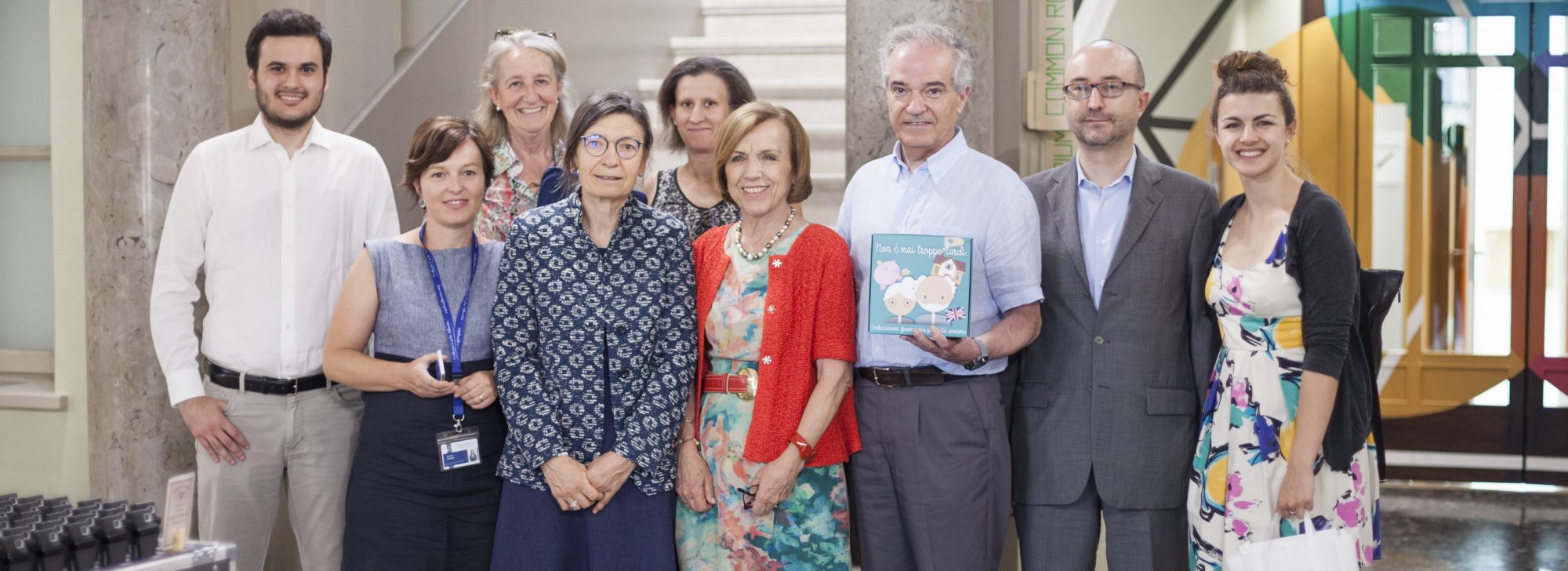The Bank of Italy is releasing a series of videos about Financial Education called “Economia e finanza. Non è mai troppo tardi" ("Economy and Finance. It’s never too late”).
The aim of this initiative is to foster Financial Literacy within the Italian population (both youngests and adults). The country is lagging behind other European countries: less than 40% of the people are able to understand the meaning of inflation, interest rate, diversification and risks of financial investments.
The Bank of Italy’s Governor, Ignazio Visco, highlighted the importance of Financial Literacy for all the population’s segments. Thus savers will be able not only to identify/understand the solution for their investments but will also know where to find the best advice.
The first video lesson is about Investment Risk and Yield (Rischio e Rendimento) and makes it clear that the higher the yield, the bigger the risk.
The second video lesson, posted on May 19, 2017, is about Wealth and Indebtedness. Storytelling starts from the 19th century: the Italian Government already had to face and cope with a huge and public debt. And it was able to solve the problem thanks to very strict economic measures, the so called “politica della lesina” (skimp policy).
The focus then moves to wealth and indebtedness in the current private sector, considering mainly families who split their wealth into houses and savings. In Italy, house prices dropped since 2011; since then, savings have been addressed less to public and corporate bonds and more to asset management products.
As for indebtedness, it has not to be perceived as a hell: it can also trigger a virtuous circle, depending on the goal/project and on the sustainability. Ordinary people's indebtedness, according to the Bank of Italy's advice, should not be higher than a third of their monthly income.
The third video, posted on June 2, is about Payments’ System. Starting from barter up to coin that allegedly appeared with King Croesus during the 7th century b.C.
To see banknotes we have to jump to the 18th century: from then payments’ systems have been continuously speeding up, mainly thanks to the availability of recent and previously ignored instruments such as credit cards, PoS etc. Last, not to mention digital systems, which require knowledge and awareness on the users’ side to avoid fraud risks always lying in wait.
In this scenario what will happen to cash? Will it be definitely put aside? According to the Bank of Italy’s belief, in the future cash will be in use just for very cheap purchases, such as buying newspapers, and among members of most vulnerable and low income clusters. Not to mention the so called illegal economy, always willing to escape taxes.
A fourth video, posted on June, 15, 2017 explains bank customers’ safeguard vis à vis the bank or the financial intermediary in case of misbehaviour. Bail in is also explained: to avoid bad surprises it is better and wiser for investors to differentiate investments and intermediaries.
Private pension funds are the key topic of the video posted on June 30, 2017. At the end of 2015 people enrolled in a private pension programme in Italy were 7,2 million. More reluctant to subscribe are women, young, small enterprises’ and self-employed workers: groups who will need most this kind of support in the future.
Insurance companies, a whole European history since they have roots in Greece (fifth century b.C.), in Italy (Genoa, 1424) and Great Britain (London, 18th century) are the subject of the video posted on July 14,2017. A close cooperation between banks and insurance companies has taken place over the last years, the latter exploiting the former’s distribution network. The whole process is under the control of IVASS, the Authority of Italy’s Insurance Sector.
http://www.bancaditalia.it/media/notizia/collana-video-economia-e-finanza-non-mai-troppo-tardi

